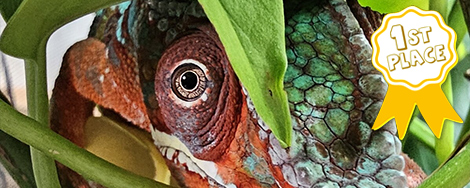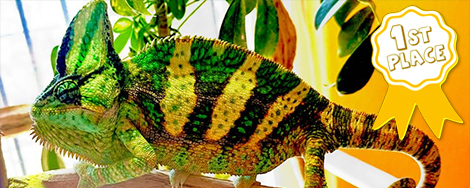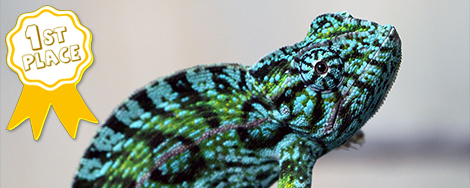Navigation
Install the app
How to install the app on iOS
Follow along with the video below to see how to install our site as a web app on your home screen.
Note: This feature may not be available in some browsers.
More options
You are using an out of date browser. It may not display this or other websites correctly.
You should upgrade or use an alternative browser.
You should upgrade or use an alternative browser.
Home Page
Recent Discussions
- Replies
- 25
- Views
- 2K
- Replies
- 5
- Views
- 190
- Replies
- 0
- Views
- 27
- Replies
- 47
- Views
- 3K
Did You Know?
The word Rhampholeon is taken from the Latinized Greek “rhamphos leon” meaning crawling lion.
The word Chamaeleo is derived via Latin from the Greek word khamaileon. It roughly translates to ground lion. Khamai means on the ground and leon means lion.
Chameleons have acrodont teeth meaning they are an extension of the jawbone. They are not set in sockets nor are they replaced.
Furcifer oustaleti (Oustalet’s Chameleon) is the longest chameleon species reaching lengths of 27 inches (68cm).
Trioceros schubotzi can be found at elevations as high as 4500m.
Chameleons have a very poor sense of smell.
The word Calumma comes from the Latin word for covering. This genus consists of chameleons from Madagascar with occipital lobes.
The largest chameleon species by weight is Calumma parsonii (Parson’s Chameleon).
The chameleon tongue accelerates towards its target at over 1642m per second. Chameleons rarely miss their intended food item.
Pygmy chameleons are sometimes referred to as False Chameleons. This term is actually incorrect and is in reference to anoles, particularly the Cuban False Anole.
We love our sponsors
- Chameleons Only
- Mist King
- Tortoise Supply
- Great Lakes Hornworm
- LLLReptile
- Mulberry Farms
- Chameleon Paradise
- Coastal Silkworms
- Dubia Roaches
- Dragon Strand
- Chamelicious Chameleons
- Full Throttle Feeders
- Gulf Coast Silkworms
- Chromatic Chameleons
- Sticky Tongue Farms
- The Critter Depot
- Mantis Place
- Rebecca Wang Art
- iPardalis
- Rainbow Mealworms
- FramsChams
- Light Your Reptiles
- Neptune the Chameleon
- Tamura Designs
- Ready's Rainforest
Featured Blog Entries
-
Individual Baby Cages or Caging during the time of Covid
- JacksJill
- Views: 29K
- Reaction score: 11
- Comments: 8
- General
My first prototype I was planning on using Exo-terra Nano glass cages for my baby cages but the supply chain issues we are all too familiar with... -
How to Do your Own FECAL FLOAT - VIDEO
- Dez
- Views: 77K
- Reaction score: 11
- Comments: 11
- General
Intestinal Parasites are common in chameleons and other reptiles. Wild caught chameleons have a reputation of having intestinal... -
Basic info on Misting and fogging...
- Decadancin
- Views: 85K
- Reaction score: 10
- Comments: 24
- General
Of course, all animals require water to survive, and it isn't as simple as placing a bowl in the bottom and calling it a day. In fact, with most...
Trending Topics
-
Gravid Veiled Chameleon may be having trouble laying her eggs
- Started by Triple M's
- Replies: 59
-
-
-
-





